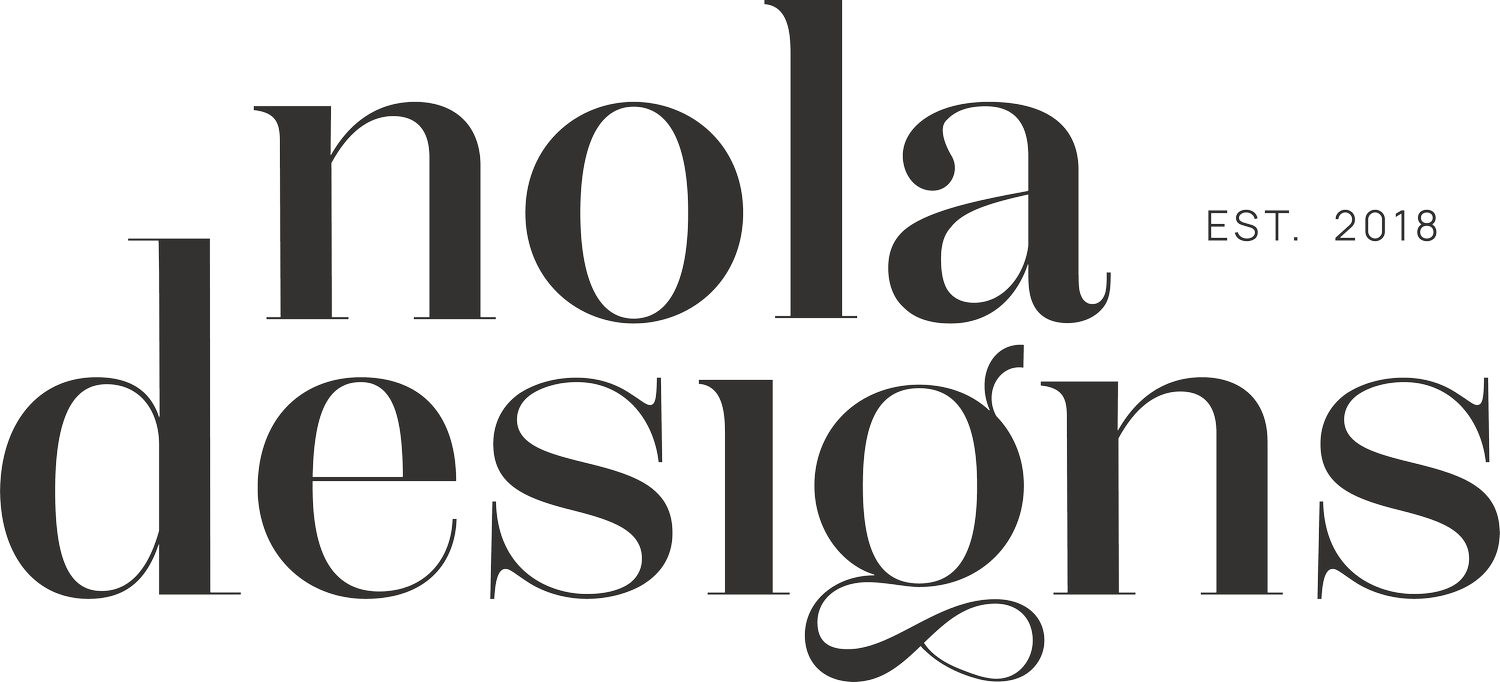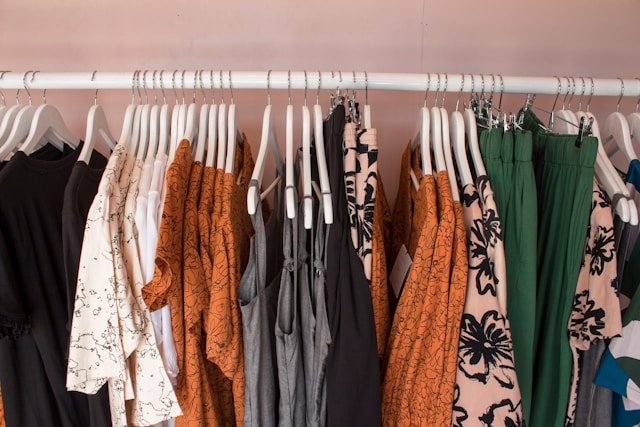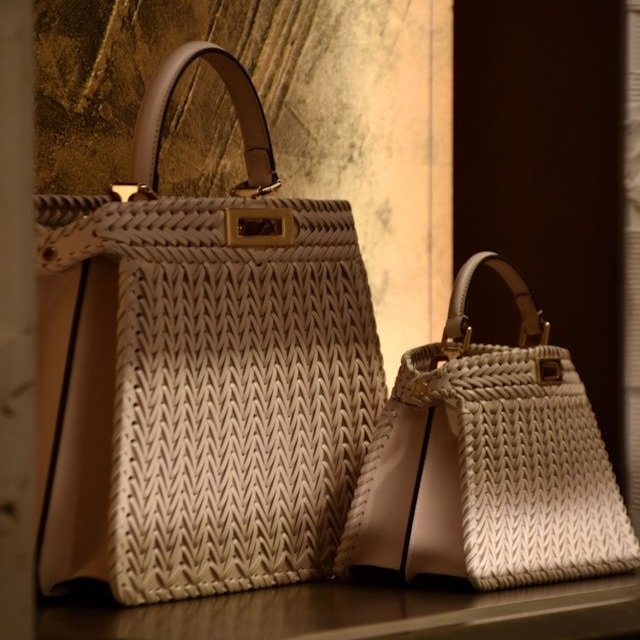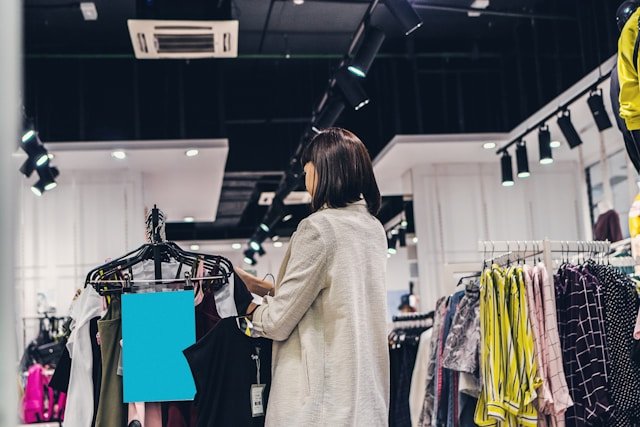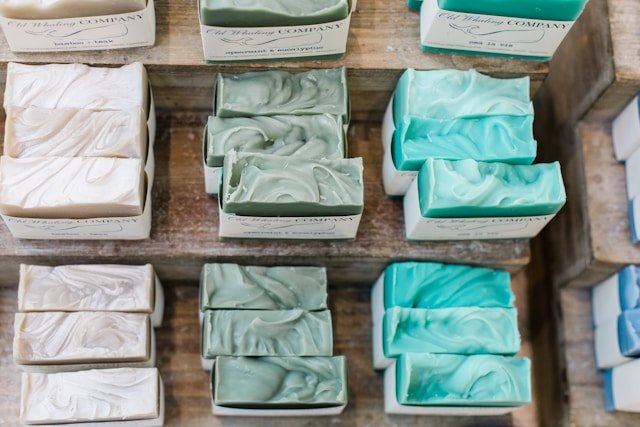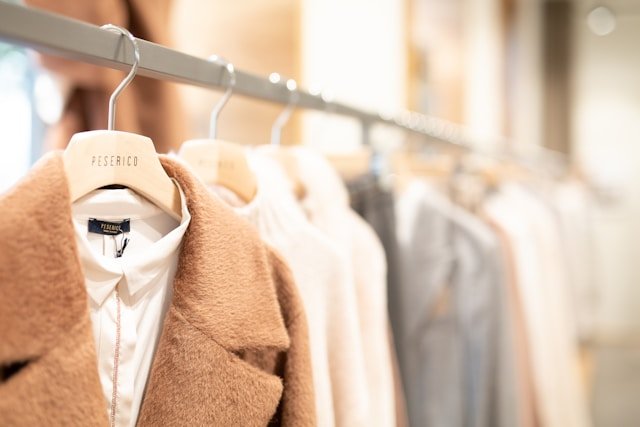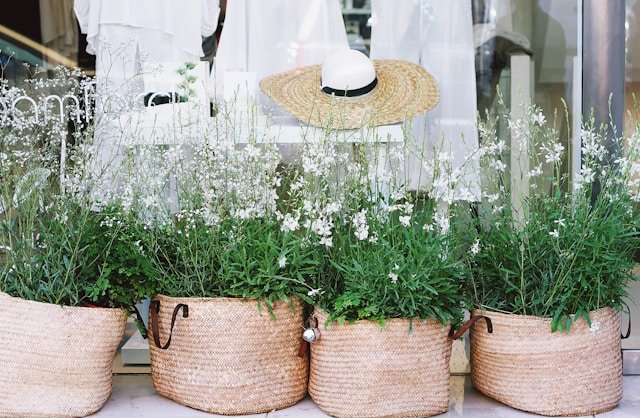Elements of Successful Visual Merchandising in Retail
In retail, the way products are displayed can significantly impact sales and customer satisfaction. Successful visual merchandising goes beyond merely arranging products on shelves; it involves creating an engaging and cohesive shopping experience. Here are the essential elements of effective visual merchandising and how to implement them.
Storytelling
Visual merchandising is an art form that revolves around storytelling. The goal is to organize the product assortment and all the elements in a way that tells a compelling story to the customer. When done right, it can evoke emotions and create a memorable shopping experience.
Imagine walking into a store during the winter holiday season. You’re greeted by a beautifully arranged display that features cozy sweaters, warm blankets, and festive decorations. This setup immediately transports you into the holiday spirit, making you more inclined to purchase these items to recreate that feeling at home.
To effectively tell a story, make sure that most of the customers' questions are answered by a visual element. For instance, how is the product used? Does it have any accessories to complement it? A display featuring a kitchen setup can include not just the main appliances but also utensils, cookbooks, and table settings, showing customers how they can use these products together in their homes.
Focus Points
Identifying focal points in your store is crucial. These are the areas that naturally draw the customer’s eye and where you should place your most important products. Choose the correct products to be displayed in these high-traffic areas, such as those that are a priority to the company, seasonal or promotional items, and products that would interest your target customer.
For example, if a store is launching a new skincare line, the focal point near the entrance could showcase these products prominently. Alongside the main products, including related items like application tools and complementary products create a comprehensive and appealing display. This not only highlights the priority items but also encourages additional purchases.
Empty Spaces
Not every inch of a store needs to be filled with merchandise. Some areas should be left empty to avoid unnecessary clutter and ensure customers can easily reach the products. These spaces can also be used creatively to enhance the overall story and ambiance of the store.
Strategically placed empty spaces can direct the customer’s eyesight to the focal points. For instance, a display window might feature a few select items on pedestals with ample space around them, making each item stand out more. In other areas, use these spaces to set the mood with elements like pictures, mannequins, and other creative props that align with the story you’re telling. For example, a beach-themed summer display might include mannequins in swimsuits, surrounded by beach chairs and umbrellas, creating a visually appealing scene that draws customers in.
Colour
Colour plays a crucial role in visual merchandising, influencing customer emotions and behaviour. Effective use of colour, such as colour blocking, creates eye-catching displays and simplifies the shopping experience.
For instance, a wall of products arranged in shades of blue from light to dark makes it easy for customers to find specific items, like a blue sweater. The flow of colours throughout the store should also be logical, guiding customers naturally. Start with vibrant colours like red and orange at the entrance to create excitement, transitioning to cooler shades like green and blue further inside for a calming effect.
In a home decor store, you might see vibrant displays of colourful throw pillows and rugs near the entrance, transitioning to neutral tones like bedding and curtains deeper in. This helps customers visualize how items work together.
Colour blocking can also highlight themes or seasons. During fall, displays of burnt orange, deep red, and mustard yellow set the mood and inspire purchases.
In a clothing store, monochrome sections with black, white, and grey items make trends clear and shopping easier.
By using colour blocking and a smooth colour flow, retailers enhance visual simplicity, guiding customers through a captivating and intuitive shopping experience.
Successful visual merchandising in retail is about more than just arranging products; it’s about creating a narrative that engages customers and enhances their shopping experience. By focusing on storytelling, identifying focal points, strategically using empty spaces, and leveraging the power of colour, retailers can create compelling displays that not only attract but also retain customers. Implement these elements thoughtfully, and watch as your store transforms into a captivating and effective selling environment.
Ready to transform your retail space and captivate your customers? Learn more about NOLA Designs and our approach to retail design. Let us help you create a visually stunning and effective merchandising strategy that drives sales and enhances your brand. Explore our site today and take the first step towards a better retail experience!
